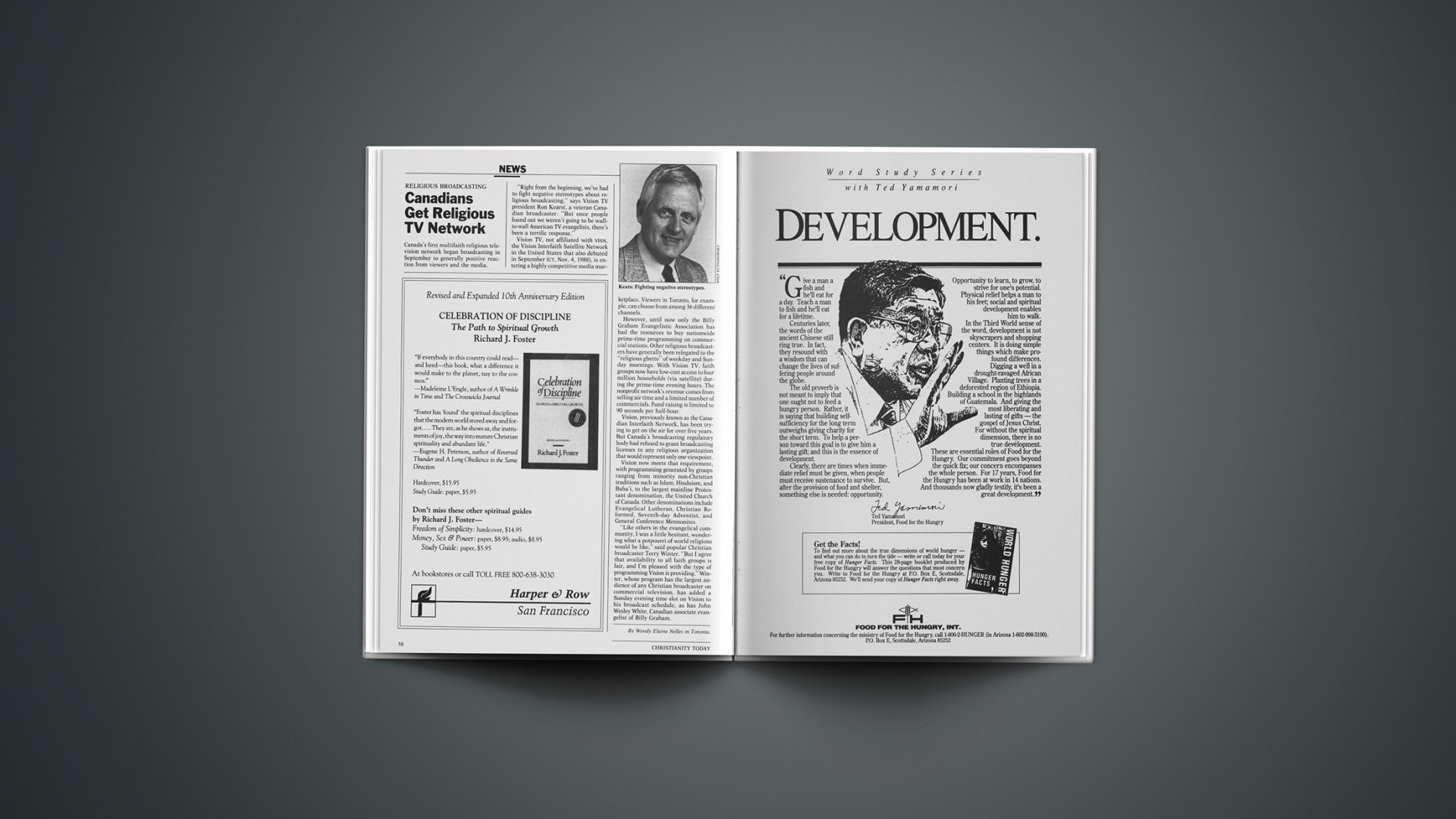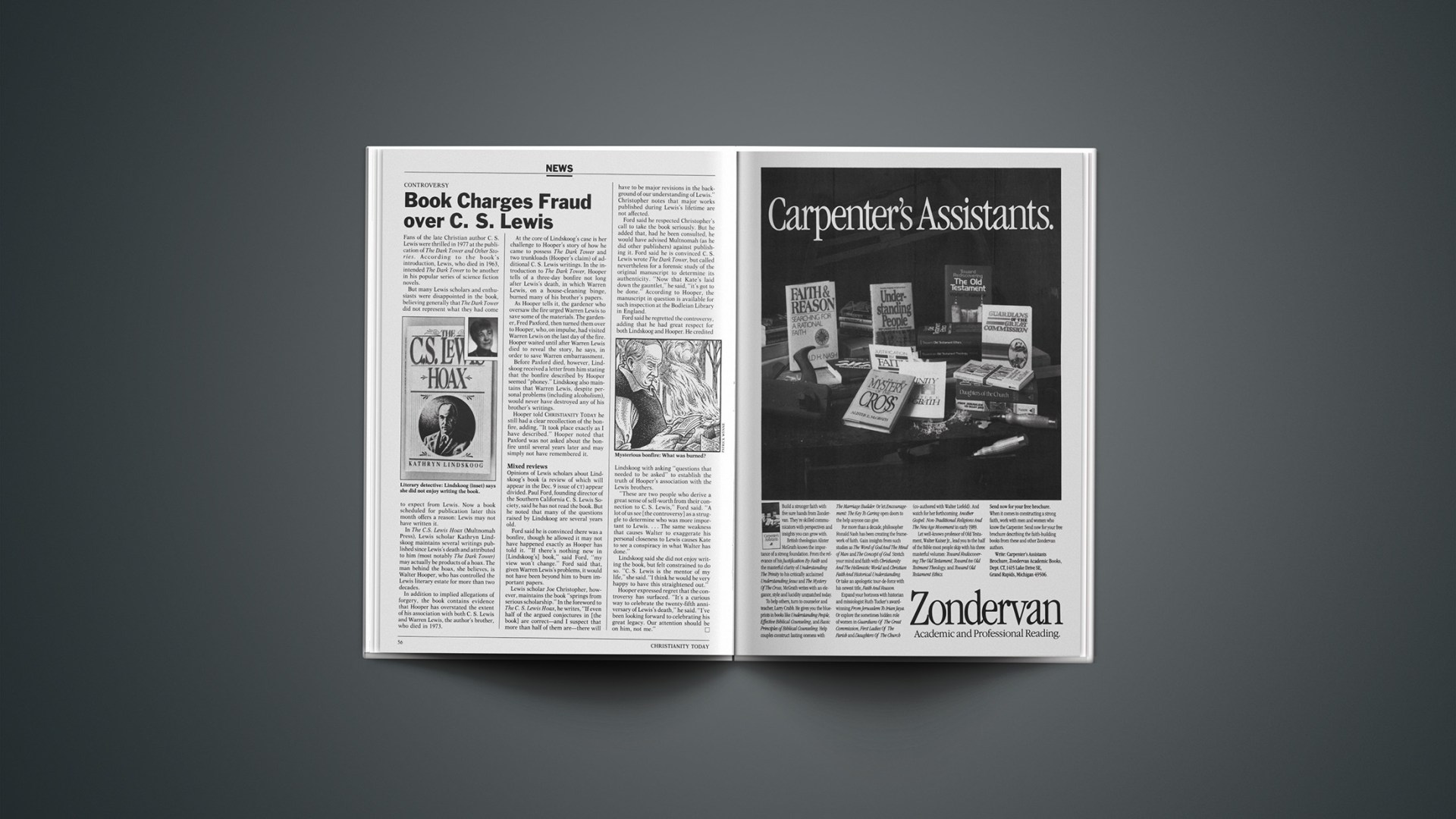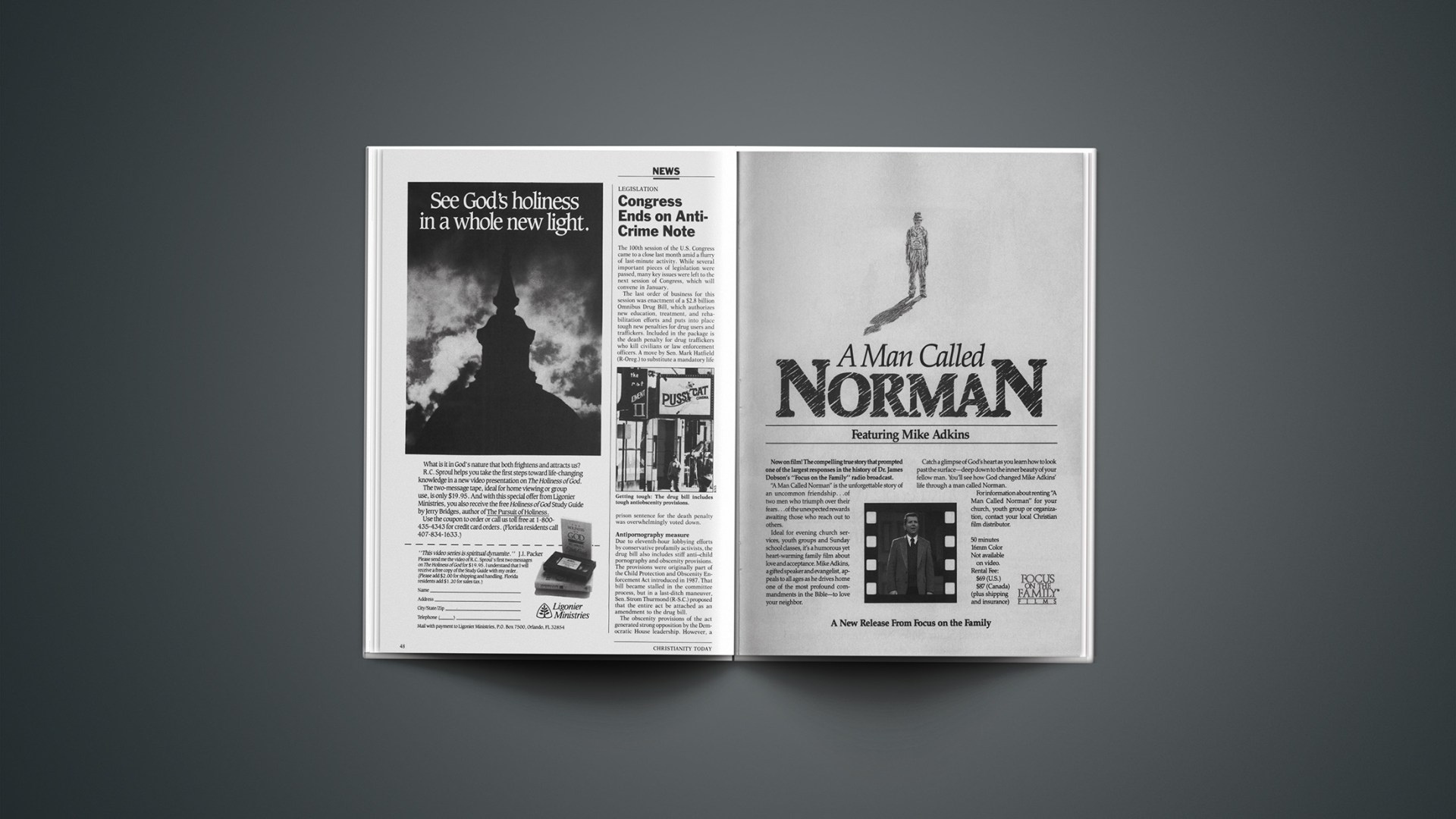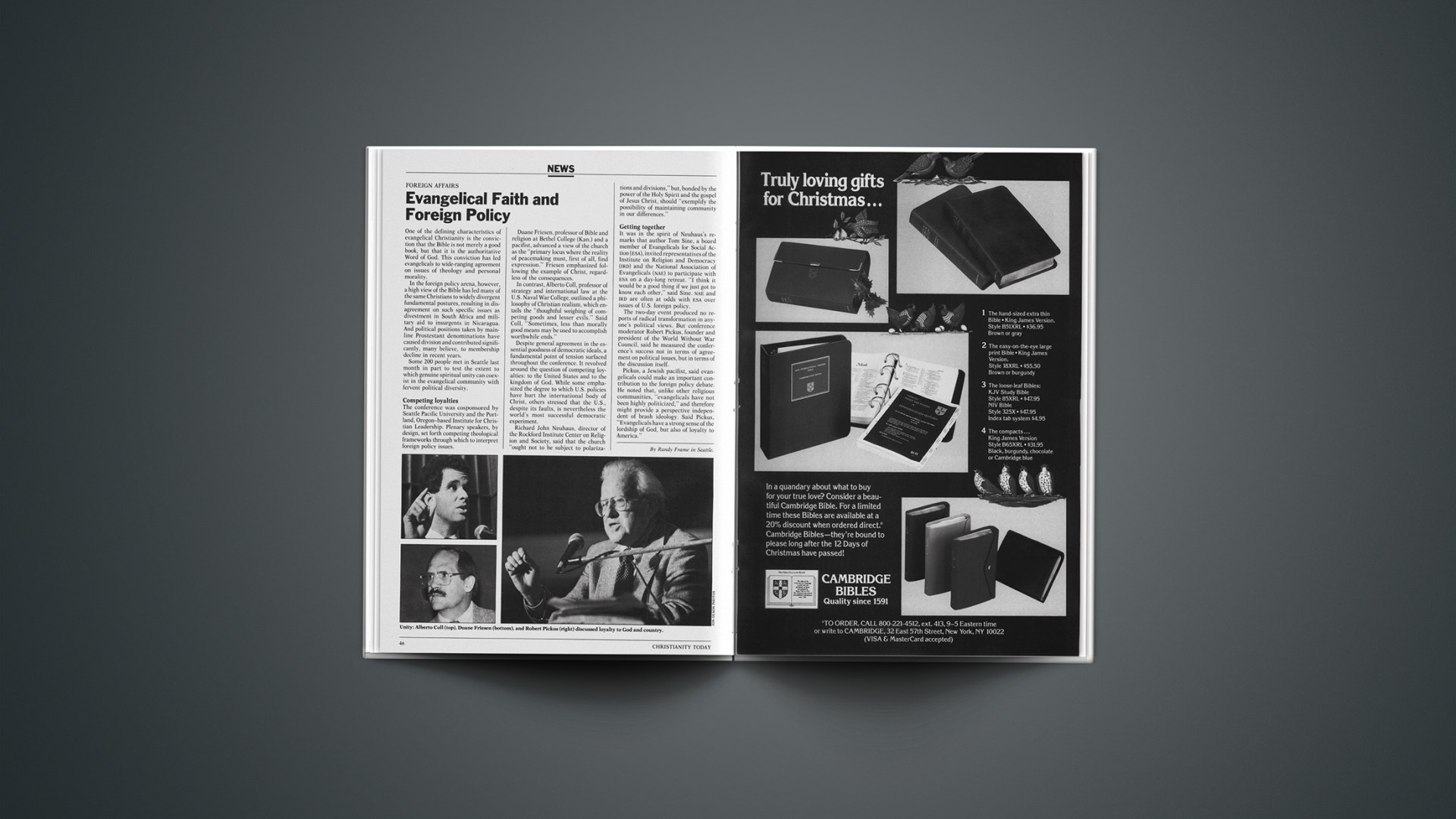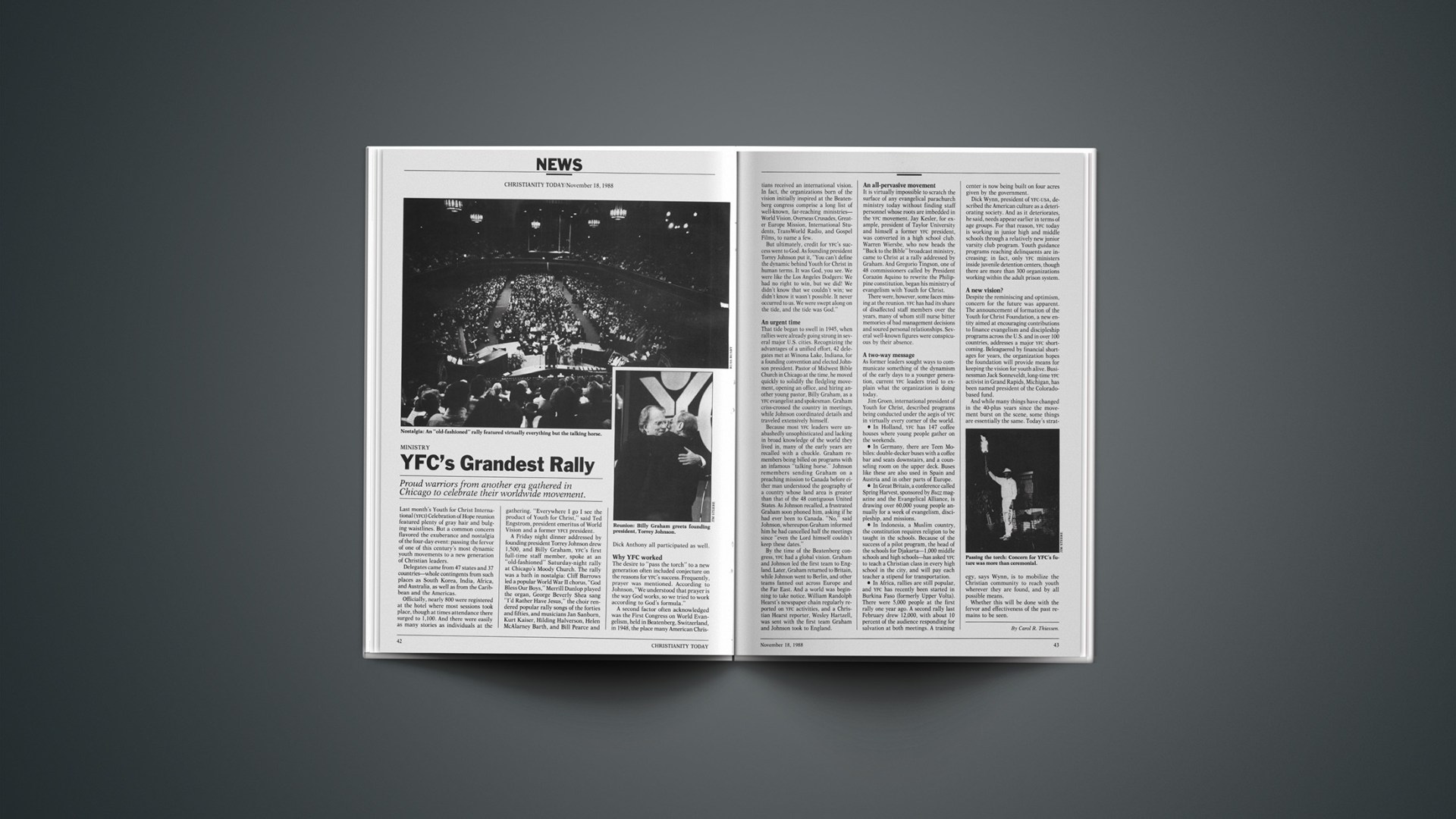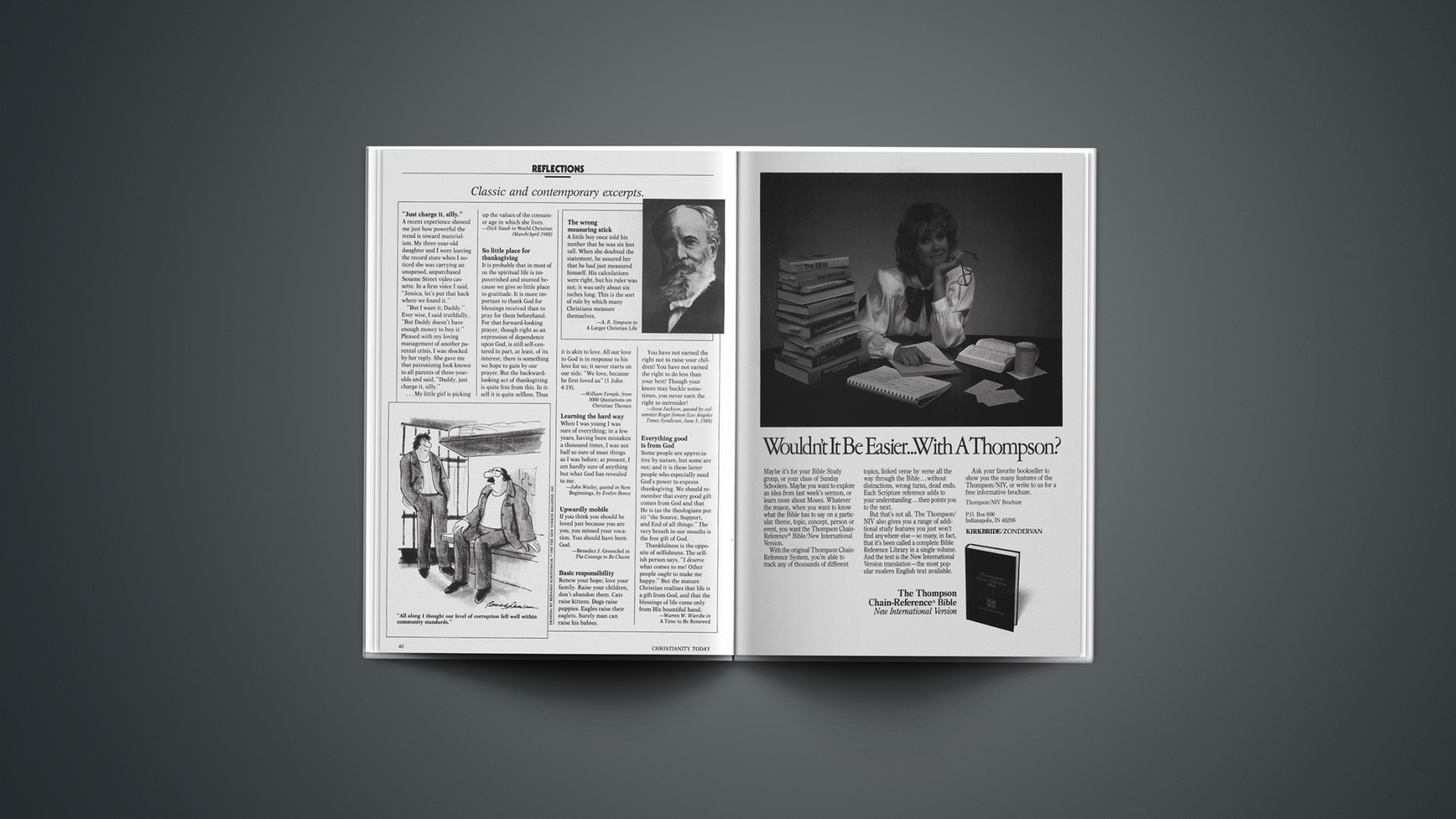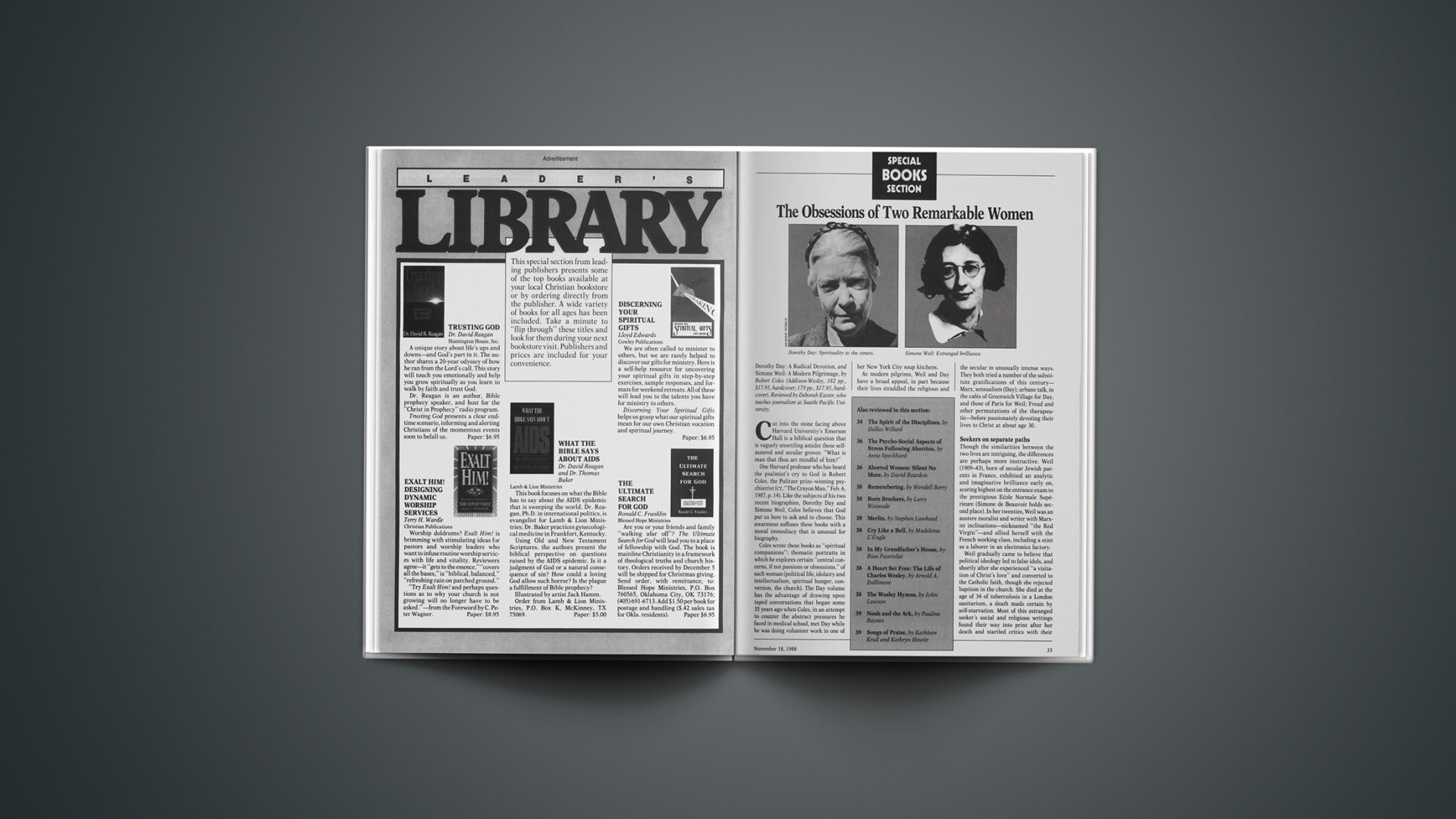UPDATE
Many people were surprised when a $115 million bid to purchase Heritage Ministries (formerly PTL) by Canadian businessman and Orthodox Jew Stephen Mernick was accepted for consideration by PTL’s bankruptcy trustee, W. C. Benton.
But Mernick himself appears to be more surprised at the media hoopla that surrounded his offer.
“He keeps asking me, ‘Why is this deal so important?’,” Tom Reid, recently appointed to handle public relations for Mernick, told CHRISTIANITY TODAY.
Mernick, who reports control of land and investment holdings totaling $700 million (Canadian), is currently involved in a suit against a former business associate for breaching a partnership made in 1985, according to articles in the Toronto Star. Benton says he had not heard about Mernick’s ongoing suit in New York, but added that if Mernick has the $115 million, his purchase bid qualifies for consideration.
The multimillionaire made an initial down payment of $100,000 for the Christian retreat and network (all figures for the PTL deal are U.S.). If approved by U.S. Bankruptcy Court Judge Rufus Reynolds on November 16, he would add $400,000 to that amount. Mernick would owe another $50 million by December 31, spreading the remaining payments over a five-year period.
Friends describe the 34-year-old real estate magnate as “100 percent entrepreneur” and a deeply committed Jew who attended rabbinical school.
In a prepared statement, Mernick stressed that his motivation for bidding on the ministry was “strictly business,” and until the deal is sealed December 31, he will not consider any plans to change the present administration or Christian emphasis of the defunct Bakker empire.
“I have a great deal of respect for the depth of the religious feeling of the many thousands of Christians who have supported the Heritage Ministries over the years,” Mernick said in a statement issued earlier at a Charlotte, South Carolina, press conference.
However, in his only public appearance over the issue, on October 7, he announced plans for a “major, major” shopping and office complex on the former PTL site.
Reid emphasized that Mernick keeps his public, business ventures separate from his very private religious beliefs. And Memick’s philosophical or religious intents “had nothing to do with” considering his offer to buy PTL, according to Benton.
“He hasn’t indicated to me what he intends to do with the property … maybe a good part of it would still be developed as a Christian retreat. Some of it may be used as a nursing home or retirement home,” said Benton.
Benton also stressed that the many promises made earlier by the Bakkers to shareholders are waived by the bankruptcy proceedings. “It wipes out all obligations,” he said. “They will have nothing to say about the use of the property.”
By Joe Maxwell.



